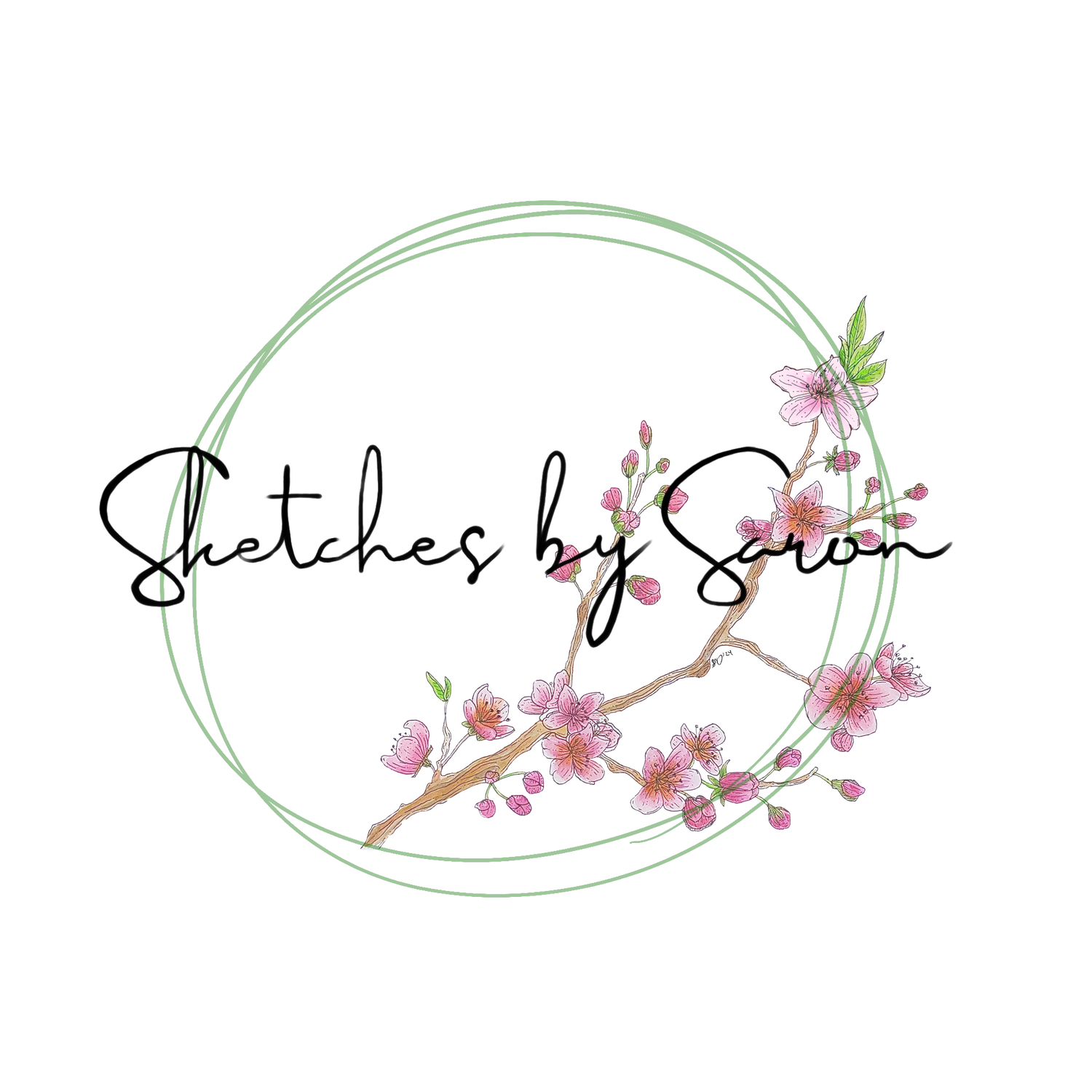“Unexpected Growth” Explained
“Unexpected Growth” depicts an arrangement of botanicals that represent Hades and the Underworld. The arrangement contains asphodel due to its strong representation and association with the Underworld. Homer writes about them in The Odyssey when he describes the realm of the dead as an “asphodel meadow.” This description, on the surface, is in direct contradiction to Homer’s depiction of the other parts of the Underworld. He describes it as a dark, gloomy, lonely space full of sadness, suffering, and longing. There is endless discourse about Homer’s seeming contradiction, but the overall consensus is that Homer’s depiction represented the more complex and paradoxical views the ancient Greeks held about the afterlife. The asphodel itself is an extremely hardy perennial that primarily grows on the edges of “disturbed areas” such as fields or stony ground. It often represents hope, transition, duality, and contradiction, making it the perfect fit for the Underworld. Additionally, asphodel signifies that “my regrets follow you to the grave” in Victorian floriography.
The arrangement also contains a narcissus. While the narcissus flower famously represents the myth of Narcissus and symbolizes vanity and self-obsession, it is also closely associated with the Underworld. Due to the association of the flower with Narcissus, many scholars indicate that the ancient Greeks believed it to symbolize early or untimely death. This belief lends itself to the flower’s association with the Underworld, as some stories say that Persephone was gathering them at the time of her abduction, while other sources say that Hades tricked Gaia into creating a field of Narcissus to lure Persphone away from her mother and make her easier to capture. Some sources also suggest that the flowers were used to represent an area that was an entrance to the Underworld.
Mint is also depicted in the arrangement as a representation of the myth of Minthe, a water nymph and one of Hades’ lovers before (or during, depending on who you read) his marriage to Persephone. Most versions of the myth portray Persephone flying into a jealous rage upon finding out about their relationship and turning Minthe into a mint plant. Although Hades could not undo the transformation, some versions of the myth say that he made the mint plant fragrant as way to honor Minthe. Some less popular versions of the myth say that Minthe never had a relationship with Hades but instead loudly boasted about her beauty and predicted that Hades would tire of Persephone and choose her instead.
The arrangement also contains a cypress sprig. In ancient Greek culture, cypress trees were commonly planted in graveyards and near temples to Hades. Along with narcissus flowers, they are often depicted as growing at entrances to the Underworld. As such, the ancient Greeks saw them as symbolizes the boundary between life and death and representations of the journey to the Underworld. They believed that the souls of those who died had to pass through the roots of the cypress tree to reach Hades’ realm. Additionally, the evergreen nature of the cypress tree symbolizes the constant and unchanging nature of the afterlife as well as Hades’ complete dominion over his realm.
Finally, the arrangement contains a central rose. While the rose is more closely associated with Aphrodite and the embodiment of love, beauty, and passion in mythology, it is occasionally used to represent Aphrodite’s grief over the death of her lover Adonis. Some myths say that she was scratched by thorns rushing to his side and her blood stained the white roses and made them red. Other tellings say that her tears mixed with Adonis’ blood and created the red rose. In more modern times, the rose has come to be associated with grief, mourning, and loss due to its frequent inclusion in funeral bouquets.

